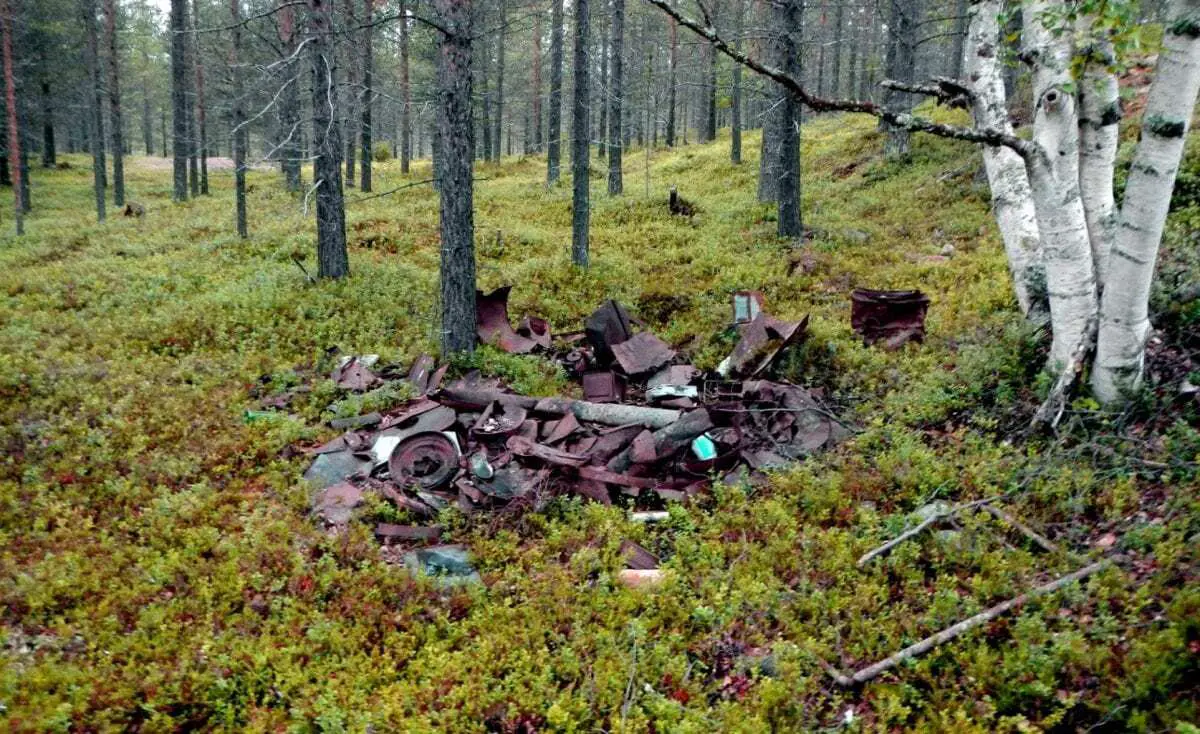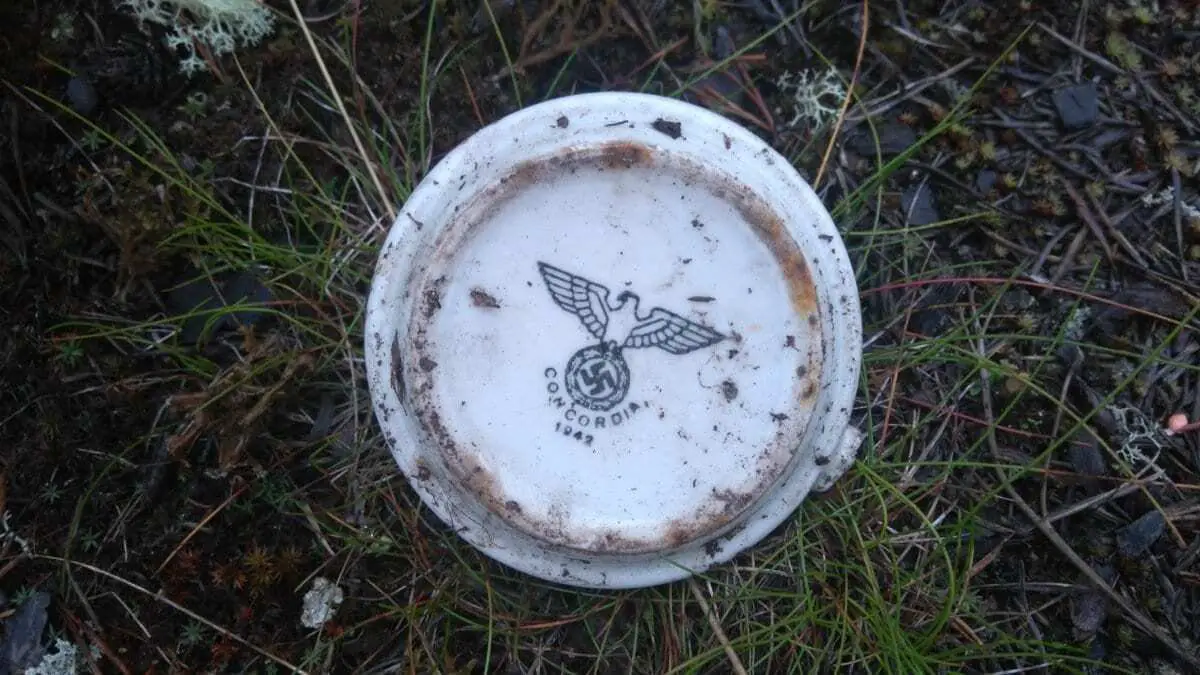The experience of the Second World War in Lapland was starkly different from the war experience elsewhere in Finland.
Germans held the frontline in northern Finland from 1941 to 1944, and at the height of their military build-up, there were more German troops and their prisoners of various nationalities than local inhabitants.
Once Finland had signed a cease-fire with the Soviet Union in 1944, the Lapland War (1944–1945) broke out between the one-time allies. The retreating Germans left behind hundreds of tons of war materiel in various states of repair. Objects ranged from tractors, gun carriages and motorboats to bottles of alcohol, canned food and personal effects. An enormous amount of explosives was also dispersed throughout the region by the Germans, claiming lives long after the war.
Because the presence of troops from Nazi Germany in northern Finland in the role of comrades-in-arms has been a sensitive and downplayed subject in Finland, the related experiences of the region’s inhabitants including the Sámi people have also been sidelined. German material remnants have often been termed ‘war junk’, seen to tarnish Lapland’s nature. The locals, however, have been living with these remnants for decades. To them, they are an important part of the local cultural landscape, as well as manifestations of individual and collective memories.
The traces in the landscape are symbols of today’s juxtaposition of northern and southern Finland
Many residents consider themselves as custodians of their ‘own past’. They want to control outsider access to wartime and other cultural heritage sites. Furthermore, they often feel that authorities are dismissive of their cultural heritage. Thus, traces of German presence in the local landscape have also become symbols of today’s juxtaposition of northern and southern Finland, as well as the marginalisation of the north. These viewpoints also reflect the long-term colonialist history of Lapland.

The public’s role has been significant in locating the sites and in the communal lore related to them. As regards the latter, material remnants scattered over the landscape are important for the sustenance of cross-generational memories. Furthermore, they are linked with memories of colonialism and related issues, such as post-war reformatories where Sámi was a forbidden language.
“The differences between approaches to German relics from the Second World War seem to originate from fundamental differences between worldviews and the manners in which landscape is interpreted,” says archaeologist Oula Seitsonen.
“Those who advocate clearing Lapland’s environment of ‘war junk’ appear to perceive the subject from a ‘western’ perspective, drawing a line between ‘nature’ and ‘culture’. This viewpoint also labels the historical cultural landscape of the region as empty, natural wilderness, whereas the northern concept of nature does not differentiate between ‘nature’ and ‘culture’. Instead, landscape with its various layers forms a whole that ties together the past, the present and the future.”
According to Oula Seitsonen, the different parties should be familiar with and accept each other’s divergent starting points in order to conduct constructive debate on the issue.
“Personally, I would like to see the wartime materiel documented on some level before it decomposes entirely. Then again, the slow merging of wartime structures and objects with nature creates a special atmosphere at these sites, emphasising their role as part of the local cultural landscape. The significance of war-related sites as part of the long cultural continuum of the region is underlined by supernatural stories and experiences associated with them. For one, they portray the sites as locales of memory and remembering, including related, unprocessed traumas.”
Seitsonen believes that the sites could be utilised for the benefit of Lapland’s tourism industry, important to the region.
“Opportunities for cultural tourism based on these sites could be developed in collaboration with local parties, providing alternatives to current tourism offerings and additional sources of income for locals.”
Oula Seitsonen’s doctoral dissertation is the first comprehensive, theoretically informed study of the archaeology, materiality and heritage of the material remnants of German troops in Finnish Lapland.
Helsingin yliopisto (University of Helsinki)
Header Image: German mug (oula seitsonen)





